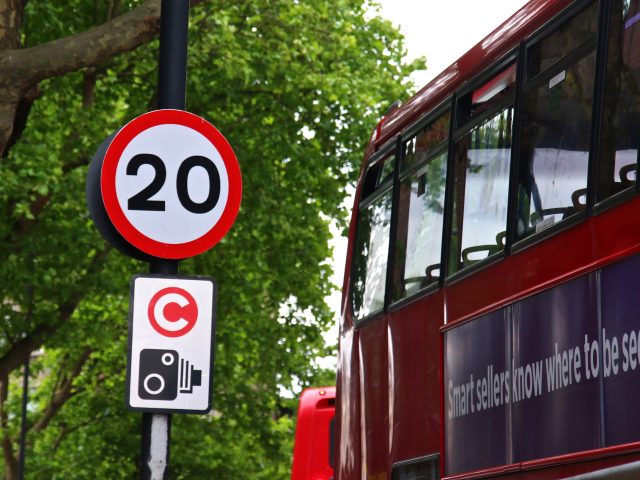LEARN! Key Principles for Traffic Safety and Mobility Education
Education is an essential part of the Safe System approach to traffic safety. European countries have committed to providing traffic safety and mobility education, notably in schools at all levels. However, the previous LEARN! report showed that the provision of such education differs widely across Europe, with most countries not following through on their commitments.
This publication therefore sets out recommendations that should be implemented in all European countries, in order to ensure that everyone – and especially children and youngsters – receive high quality traffic safety and mobility education. These key principles focus on the provision of education to all children and youngsters up to the age of 18 years old, notably those in kindergarten, primary and secondary school.
The 17 Key Principles are accompanied by best practice examples that illustrate how these principles can be applied in practice and are categorised in five key groups:
- Ensure the Right to Receive Traffic Safety and Mobility Education
- Engage and Support Schools
- Ensure High Quality Education
- Facilitate Framework Conditions
- Involve All Relevant Stakeholders
This list of principles is primarily aimed at decision makers and authorities at national and local level, to be taken into account when developing new policies or revising current ones related to traffic safety and mobility education.
The principles can, nevertheless, also be implemented by other actors. For example, head teachers should implement a traffic safety policy at their school, appoint a traffic contact teacher, and use the principles on high quality education when deciding on ordering new educational material.
This report also sets out why it is important to provide traffic safety and mobility education.
Download (PDF)
More best practice examples can be found on www.trafficsafetyeducation.eu/key-principles.







